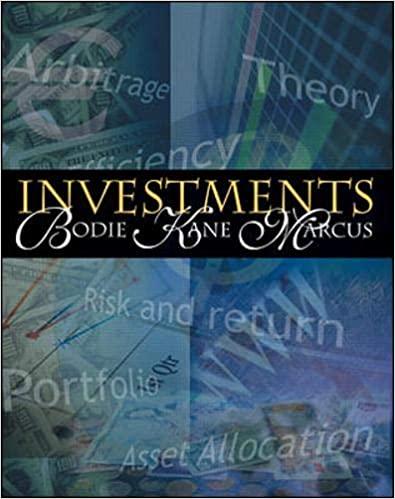Answered step by step
Verified Expert Solution
Question
1 Approved Answer
Question 1 The risk-free rate of return is 8%, the required rate of return on the market, Ery] is 12%, and Stock X has a
 Question 1 The risk-free rate of return is 8%, the required rate of return on the market, Ery] is 12%, and Stock X has a beta coefficient of Bx = 1.4. If the dividend expected during the coming year, D = $2.50 and the growth rate is g = 5%, at what price should Stock X sell? b. Now suppose the following events occur: (1) The Federal Reserve Board increases the money supply, causing the risk free rate, r, to drop to 7%. (2) Investors' risk aversion declines: this fact, combined with the decline in the risk free rate, causes E[ru] to fall to 10%. (3) Firm X has a change in management. The new group institutes policies that increase the growth rate to 6 percent. Also, the new management stabilizes sales and posfits, and thus causes the beta coefficient to decline from 1.4 to 1.1. After all these changes, what is Stock X's new equilibrium price? (Note: D. goes to $2.52.)
Question 1 The risk-free rate of return is 8%, the required rate of return on the market, Ery] is 12%, and Stock X has a beta coefficient of Bx = 1.4. If the dividend expected during the coming year, D = $2.50 and the growth rate is g = 5%, at what price should Stock X sell? b. Now suppose the following events occur: (1) The Federal Reserve Board increases the money supply, causing the risk free rate, r, to drop to 7%. (2) Investors' risk aversion declines: this fact, combined with the decline in the risk free rate, causes E[ru] to fall to 10%. (3) Firm X has a change in management. The new group institutes policies that increase the growth rate to 6 percent. Also, the new management stabilizes sales and posfits, and thus causes the beta coefficient to decline from 1.4 to 1.1. After all these changes, what is Stock X's new equilibrium price? (Note: D. goes to $2.52.)

Step by Step Solution
There are 3 Steps involved in it
Step: 1

Get Instant Access to Expert-Tailored Solutions
See step-by-step solutions with expert insights and AI powered tools for academic success
Step: 2

Step: 3

Ace Your Homework with AI
Get the answers you need in no time with our AI-driven, step-by-step assistance
Get Started


